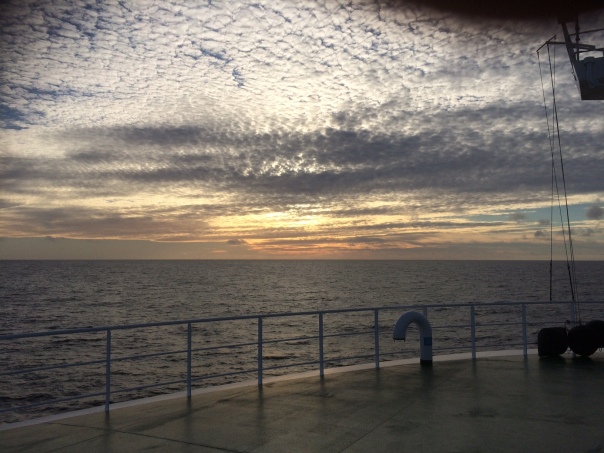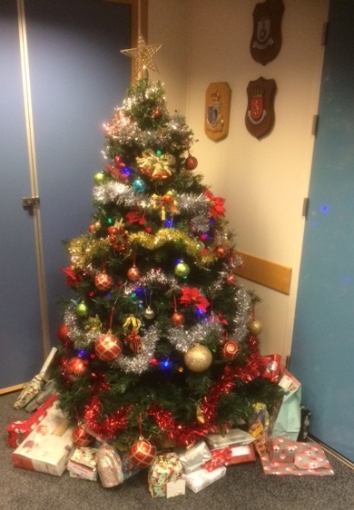Dan Urey, Year 10: Why do plankton need iron for photosynthesis exactly?
Phytoplankton need iron for photosynthesis because it is used to transport energy from the sun (in the form of electrons) during the chemical reaction.
Callum Kayley, Year 8: Do plankton have predators?
Phytoplankton are at the base of the food chain; they are eaten by zooplankton. Zooplankton are organisms such as krill which are fed on by whales.
Madi Hendrie, Year 7: How does plankton keep us alive?
Phytoplankton produce about 50% of the oxygen in the air which you breathe. They also support the marine food web, meaning they are food for all the fish we eat.
Lucas McCallum, Year 9: What do you do once you find a hydrothermal vent?
We have a good idea of where the vents are after reading other scientist’s work. We sail near the vents and lower in a rosette with a CTD, which tells us the conductivity, temperature and depth of the water. The data comes back to the ship live through a 6000m cable, then we can decide where the hydrothermal plume is going. We then move the CTD up and down and close bottles, so we take samples of water from above, below and inside the plume.
Oliver Crowson, Year 10: What exact experiments are you doing?
On-board the ship a common technique to measure what is in seawater is flow injection analysis.
To measure iron we use flow injection by chemiluminescence. For this technique there is a flow of seawater which goes through a filter that captures all the iron. This iron is then mixed with a chemical (luminol like CSI on TV) that produces light. The brighter the light produced the more iron is in the seawater.
To measure major nutrients (nitrate, nitrite, ammonia, phosphate, silicate) we use flow segmented analysis. In this technique seawater samples are sucked through a 20mm thick tube and separated by bubbles of air. Chemicals are then added to each little segment of seawater. The seawater then goes round coils and mixes with the chemicals. It changes colour depending on how much of each nutrient is in the water. Then a colourimeter tells us how bright the colour is and we can work out how much of the nutrient is in the seawater sample.
Inaya Hasan, Year 7: For Christmas time, do you decorate the sides of the boat with fairy lights?
Not the sides of the boats but we do decorate all the labs and social spaces with fairy lights. There are a couple of Christmas trees on-board too and we do secret santa present giving.
Shaun Rigby, 30 December 2018



